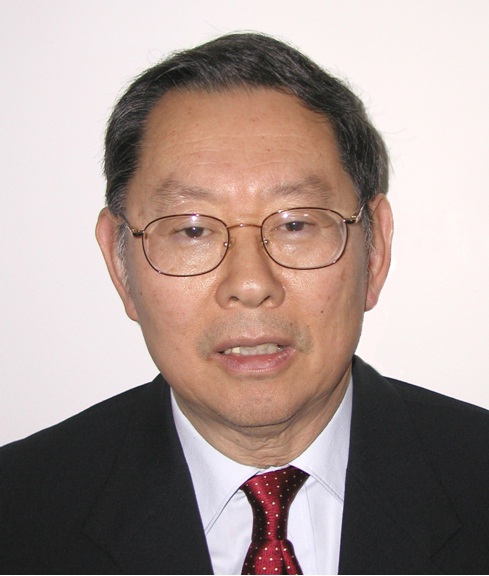UCLA姚琨教授高水平学术前沿讲座通知
中国科学技术大学研究生教育创新研究计划高水平学术前沿讲座
Beamforming for DOA and Localization in Sensor Networks
报告时间:5月24日下午2:30
报告地点:西区电三楼314
主办单位:研究生院、电子工程与信息科学系

主讲人简介:
Kung Yao received the B.S.E. (Highest Honors), M.A. and Ph.D. degrees in electrical engineering all from Princeton University, Princeton, N.J. Then he was a NAS-NRC Postdoctoral Fellow at UC Berkeley. Presently, he is a Distinguished Professor in the Electrical Engineering Department at UCLA. In 1985-1988, he served as an Assistant Dean of the School of Engineering and Applied Science (SEAS) at UCLA. His research and professional interests include sensor networks, communication theory and system, and signal/array processing. Dr. Yao received the 1993 IEEE Signal Processing Society Senior Award in VLSI Signal Processing, the 2008 Joint IEEE Communication Theory Society – IEEE Information Theory Society Paper Award, and the 2012 Best Paper Award of the Journal of Communications and Networks. He is the co-editor of a two volume series of an IEEE Reprint Book on "High Performance VLSI Signal Processing," IEEE Press, 1997. He is the co-author of the book “Detection and Estimation for Communication and Radar Systems,” to be published by Cambridge Press, 2012. Dr. Yao is an IEEE Life Fellow. He has served as associate editors of various sensor networking and communication journals and also organized various sessions in these topics. He has been the PI and Co-PI of various government and industrial sensor networking and communication research grants in recent years. He is a research faculty in the National Science Foundation Funded Center on Embedded Networked Sensing (CENS) at UCLA and the Co-PI of the Public Safety Network Systems Laboratory.
内容提要:
Sensor networks have been proposed for various commercial, industrial, scientific, and military applications. In this seminar, we consider three different classes of acoustical beamforming arrays. The first array uses four uniformly-spaced hearing aid microphones to perform a steerable array based on the maximum-energy criterion for hearing aid applications. The second array uses randomly distributed microphones to perform wideband beamforming based on a maximum eigenvector array for vehicle detection, localization, and signal enhancement. The third array is based on the Approximate Maximum-Likelihood (AML) criterion to estimate single or multiple acoustic sources for near-field localization and far-field direction-of-arrival estimations. This array is capable of various beamforming and nulling operations. Several wired and wireless experimental systems based on the three classes of arrays have been implemented for various applications. We will also present some recent bio-complexity applications to field monitoring, detection, and localization of birds and animals. Various sound demonstrations will also be given.
